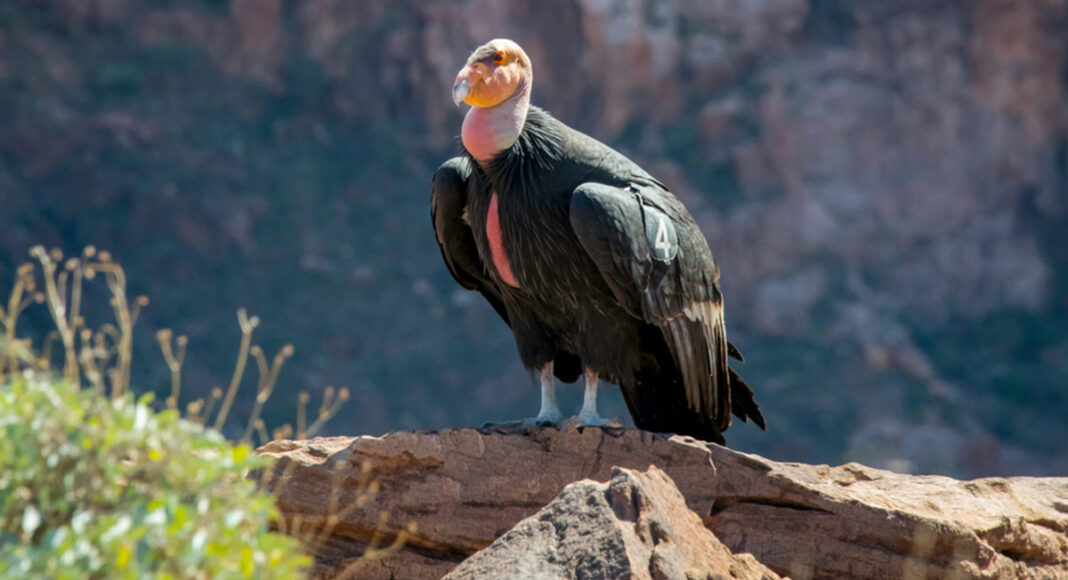About 4 billion years ago, the first cellular life came into existence. Ever since, parents have been passing on information to their children through DNA—the recipe for building a new organism from a single cell. This delicate process, occurring over many generations, has created an incredible diversity of life, from microscopic bacteria to the mighty mountain lion.
Through the four chemical building blocks—known as A, T, G and C—that make up this fascinating yet complicated molecule, nature tells a story about how to survive. As an estimated 1 million plant and animal species face extinction, many of these messages are disappearing before scientists get a chance to read them.
Now, a team of researchers, including scientists at the UCSC Genomics Institute, is racing to read these messages. All of the DNA that is transferred from parents to offspring is known as the genome. The researchers are undertaking an ambitious project, known as the Vertebrate Genomes Project, with a goal of reading the genomes of the 71,657 named vertebrate species. That includes classes of living things with a spine such as fish, amphibians, reptiles, birds and mammals.
Previously, due to the costly price tag and technological limitations, scientists had only conducted genome sequencing for humans and certain model organisms like mice. In recent years, however, the technology has improved and become much more affordable—from around $100,000 per genome in 2009 to around $10,000 today.
“This is the first time that a truly complete set of genes has been sequenced for many different vertebrate species,” says David Haussler, director of the Genomics Institute.
So far, the team has decoded high-quality genomes of 25 species, including the platypus, the greater horseshoe bat and the Canada lynx. They are already uncovering surprising discoveries. Sequencing bat genomes, for example, has revealed the losses and gains of certain genes linked to inflammation and immunity to viruses, as well as “fossilized viruses,” or leftover remnants of previous viral infections. These genetic differences in bats may provide insight on how they are able to tolerate viral diseases like Covid-19 without falling ill.
Sequencing genomes can also play an important role in the conservation of endangered species. In the 1980s, California condors were severely threatened by the pesticide DDT, with the population dropping to as few as 22 birds. Through sequencing the genomes of the remaining condors, scientists were able to come up with the best way to mate them so that the most vital genes would be carried to future offspring.
“We have unleashed an enormous ecological disruption on this planet,” Haussler says. “We as a species not only have the opportunity to read [these genomes], but we also have the duty to read them, because they can help us understand how we can save all of the species that are rapidly disappearing.”
The team hopes to secure funding to continue sequencing the genomes of hundreds—and eventually, thousands—more species, unlocking the messages passed on throughout millennia.













